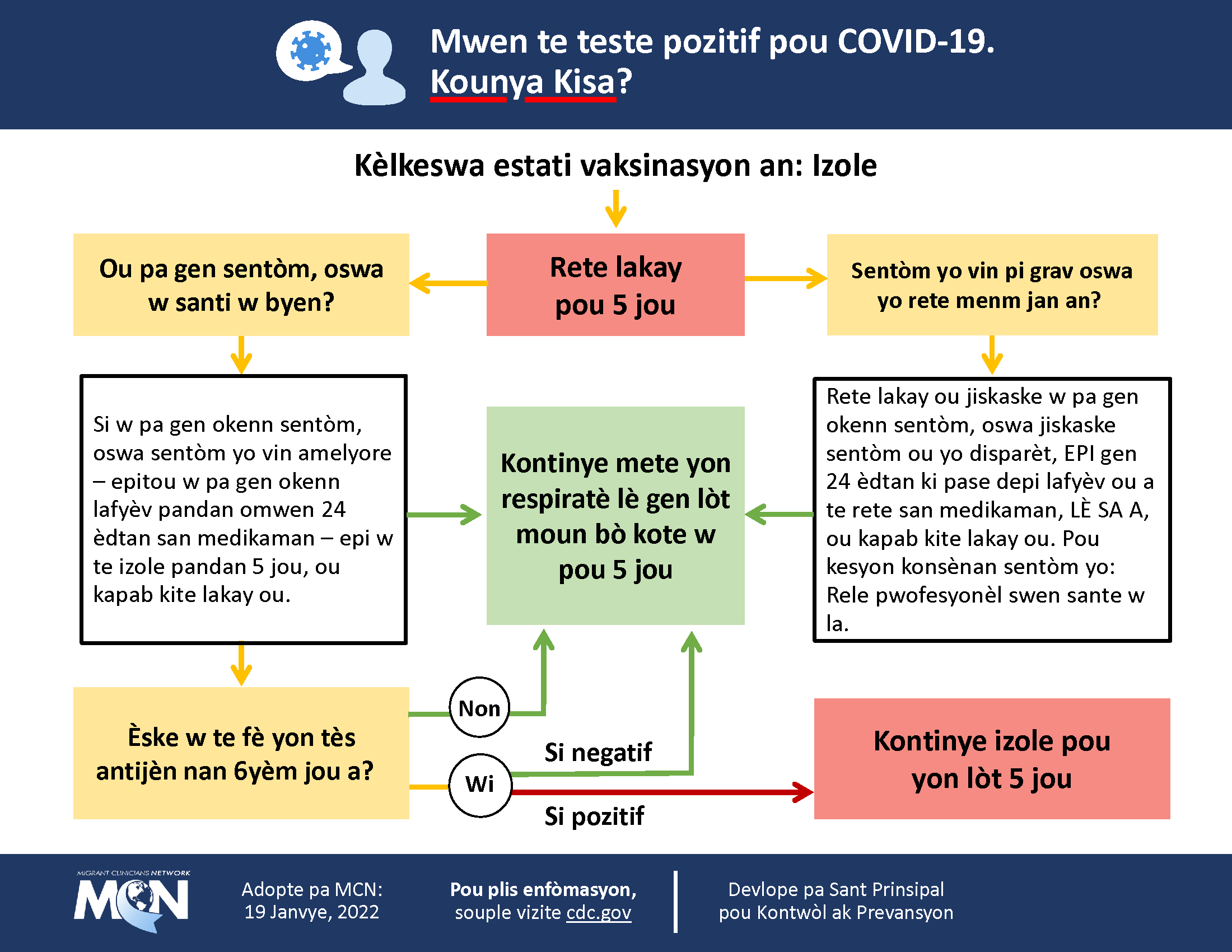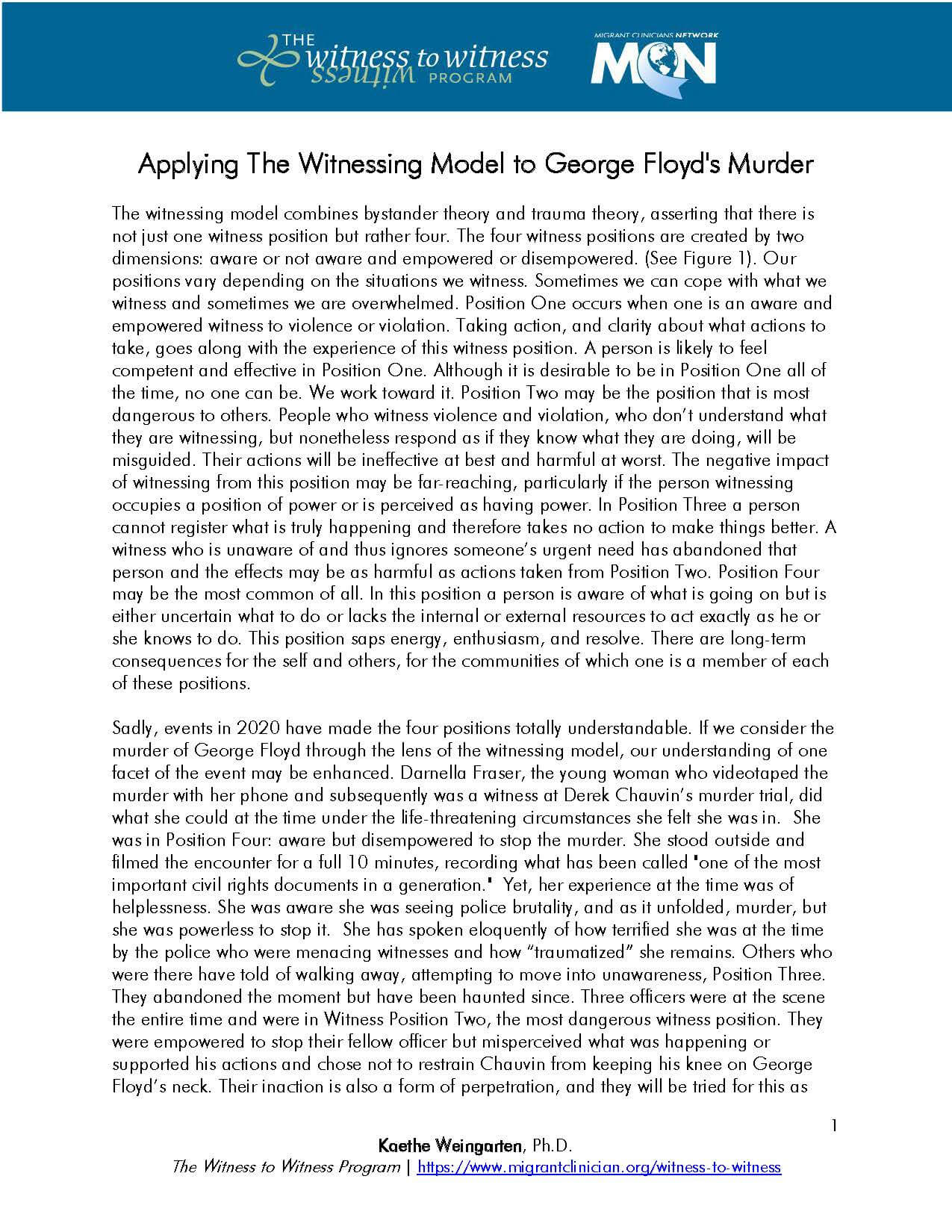copy deeplink Adolescent and Child Health Maintenance Forms
Adolescent and Child Health Maintenance Forms- AdolescentChildExam.pdf (222.44 KB)
copy deeplink Standing Orders: Emergency Treatment Due to Hypersensitivity to Vaccine Components
Standing Orders: Emergency Treatment Due to Hypersensitivity to Vaccine ComponentsPersons administering biologic products or serum must be prepared to recognize and treat allergic reactions, including anaphylaxis and must have appropriate resources at hand.
- Emergency Tx-Standing Orders.doc (54 KB)
In order to meet the needs of special populations such as migrant farmworkers, Health Centers often use non-traditional delivery methods to provide health care. For example, services may be provided at locations other than their own bricks-and-mortar location that are more convenient for patients. Health Centers can reduce their liability for lawsuits from incidents arising while their employees are working off-site by ensuring they are eligible for coverage by the Federal Tort Claims Act (FTCA), which offers protection akin to medical malpractice insurance to federally-funded Migrant and Community Health Centers.
- RiskManagementOffSiteCare.pdf (50.39 KB)
The scope of the quality improvement program is organization wide and includes activities that monitor and evaluate all phases of the health care delivery system through objective, criteria-based audits, outcome audits, tracking tools, and reporting systems.
- QI Plan 2008.doc (57.5 KB)
- MedicalRecordsPolicy.pdf (1.16 MB)
copy deeplink Assessment of Clinical Assistant Competencies
Assessment of Clinical Assistant Competencies- 287_ScopeofMedicalPractice.pdf (317.27 KB)
- ProcedureExposureList.doc (19.5 KB)
Program pays tuition, required fees, other reasonable costs and a monthly stipend. Preference is given to qualified applicants with the greatest financial need who are enrolled full-time in an undergraduate nursing program.
copy deeplink Integrating Behavioral Health in Community and Migrant Health Centers: Motivation, Readiness, & Cultural Challenges
Integrating Behavioral Health in Community and Migrant Health Centers: Motivation, Readiness, & Cultural ChallengesThis archived webinar originally presented by Jennie McLaurin, MD and Tillman Farley, MD, provides an overview of effective strategies to integrate behavioral health into health center operations. The presenters come with many years of experience in providing culturally appropriate and high quality health care to migrants and other underserved populations. This page includes links to other SAMHSA-HRSA sponsored archived webinars in additional topics.
copy deeplink Bureau of Labor Statistics Census of Fatal Occupational Injuries
Bureau of Labor Statistics Census of Fatal Occupational InjuriesA preliminary total of fatal work injuries recorded in the United States. According to results from the
Census of Fatal Occupational Injuries (CFOI) program conducted by the U.S. Bureau of Labor
Statistics.copy deeplink Case Report: Three Farmworkers Who Gave Birth to Infants with Birth Defects Closely Grouped in Time and Place - Florida and North Carolina 2004-2005
Case Report: Three Farmworkers Who Gave Birth to Infants with Birth Defects Closely Grouped in Time and Place - Florida and North Carolina 2004-2005
Geoffrey M. Calvert, Walter A. Alarcon, Ann Chelminski,Mark S. Crowley, Rosanna Barrett, Adolfo Correa, SheilaHiggins, Hugo L. Leon, Jane Correia, Alan Becker,Ruth H. Allen and Elizabeth Evans
doi:10.1289/ehp.9647 (available at http://dx.doi.org/) Online 21 February 2007
- BirthDefectsCaseReportEHPArticle_0.pdf (333.39 KB)
copy deeplink California Pesticide Illness Surveillance Program 2010
California Pesticide Illness Surveillance Program 2010Summary of Results from the California Pesticide Illness Surveillance Program - 2010.
The Department of Pesticide Regulation administers the California pesticide safety program, widely regarded as the most stringent in the nation. Mandatory reporting of pesticide illnesses has been part of this comprehensive program since 1971. Illness reports are collected, evaluated and analyzed by program staff. PISP is the oldest and largest program of its kind in the nation; its scientists provide data to regulators, advocates, industry, and indivudal citizens.
- CEPA2010_Report.pdf (467.41 KB)
copy deeplink MCN's Technical Comments for the Worker Protection Standard
MCN's Technical Comments for the Worker Protection StandardOn Monday August 18, 2014 MCN submitted technical comments to the EPA regarding the proposed changes to the Worker Protection Standard. View MCN's recommendations for advancing stronger safeguards to protect farmworkers from pesticide exposure.
- MCN_WPS_FinalComments_2014.pdf (164.74 KB)
Pesticide and Pregnancy Handout, English and Spanish, from the Wake Forest University School of Medicine.
- PesticideandPregnancyHandoutEnglish.pdf (3.45 MB)
- PesticideandPregnancyHandoutSpanish.pdf (3.79 MB)
Professional education for healthcare providers on health risks for adolescent farmworkers.
A leading online resource for comprehensive asbestos and mesothelioma information. The site contains patient education information as well as potential resources for patients suffering from mesothelioma.
copy deeplink Zika Fact Sheets, Posters and Educational Materials
Zika Fact Sheets, Posters and Educational MaterialsZika educatinal materials from the Texas Department of State Health Services which includes fact sheets, push cards, posters, and TV PSAs. Available in both English and Spanish.
copy deeplink What to do if you see someone being harassed | COMIC
What to do if you see someone being harassed | COMIC
A guide to know how to react when you see someone being harassed. Art and script by Uriel Saenz and Alma Galván.
copy deeplink Promoting Integrated Approaches to Reducing Health Inequities Among Low-Income Workers: Applying a Social Ecological Framework
Promoting Integrated Approaches to Reducing Health Inequities Among Low-Income Workers: Applying a Social Ecological FrameworkSherry L. Baron, MD, MPH, Sharon Beard, MS, Letitia K. Davis, ScD, EdM, Linda Delp, PhD, MPH, Linda Forst, MD, MPH, Andrea Kidd-Taylor, PHD, Amy K. Liebman, MPA, MA, Laura Linnan, ScD, Laura Punnett, ScD, and Laura S. Welch, MD
Background: Nearly one of every three workers in the United States is low-income. Low-income populations have a lower life expectancy and greater rates of chronic diseases compared to those with higher incomes. Low- income workers face hazards in their workplaces as well as in their communities. Developing integrated public health programs that address these combined health hazards, especially the interaction of occupational and non-occupational risk factors, can promote greater health equity.
Methods: We apply a social-ecological perspective in considering ways to improve the health of the low-income working population through integrated health protection and health promotion programs initiated in four different settings: the worksite, state and local health departments, community health centers, and community-based organizations.
Results: Examples of successful approaches to developing integrated programs are presented in each of these settings. These examples illustrate several complementary venues for public health programs that consider the complex interplay between work related and non work-related factors, that integrate health protection with health promotion and that are delivered at multiple levels to improve health for low-income workers.
Conclusions: Whether at the workplace or in the community, employers, workers, labor and community advocates, in partnership with public health practitioners, can deliver comprehensive and integrated health protection and health promotion programs. Recommendations for improved research, training, and coordination among health departments, health practitioners, worksites and community organizations are proposed.
- final PDF.pdf (195.08 KB)
copy deeplink Heat-Related Illness Clinician’s Guide - June 2021
Heat-Related Illness Clinician’s Guide - June 2021
Agricultural workers are at significant risk for heat stress. Heat stress results when the body cannot get rid of excess heat and its core temperature rises. Heat stress may lead to more severe heat illness including heat exhaustion, heat cramps, heat stroke, and even death if left untreated. Agricultural work, which requires performing physically demanding work for long hours in hot and sometimes humid weather, places workers at high risk.
This guide provides information to clinicians on the prevention and treatment of heat-related illness. Since workers may not be familiar with all of the symptoms of heat stress, it is important that clinicians discuss heat illness symptoms and prevention with agricultural workers and others who are at risk.
This joint FJ and MCN publication was supported by the Health Resources and Services Administration (HRSA) of the U.S. Department of Health and Human Services (HHS) as part of awards totaling $1,949,598 with 0% financed with non-governmental sources. The contents are those of the authors and do not necessarily represent the official views of, nor an endorsement by, HRSA, HHS, or the U.S. Government. For more information, please visit HHS.gov.
- 2021_Heat-Stress_Clinicians-Guide_0.pdf (1.02 MB)
copy deeplink Hombre sentado en la mesa leyendo el periódico - Imágenes
Hombre sentado en la mesa leyendo el periódico - Imágenes





- ManInGreenShirtSittingAtTableReadingNewspaperComicImage.png (99.89 KB)
- ManInGreenShirtSittingAtTableReadingNewspaperComicImage COLOR2.png (76.54 KB)
- ManInGreenShirtSittingAtTableReadingNewspaperComicImage COLOR1.png (73.73 KB)
- ManInGreenShirtSittingAtTableReadingNewspaperComicImageELDER2.png (81.82 KB)
- ManInBlueShirtSittingAtTableReadingNewspaperComicImage_0.png (95.61 KB)
- ManInBlueShirtSittingAtTableReadingNewspaperComicImage_0ELDER1.png (91.85 KB)
- 225_SexualAssault.doc (22.5 KB)

